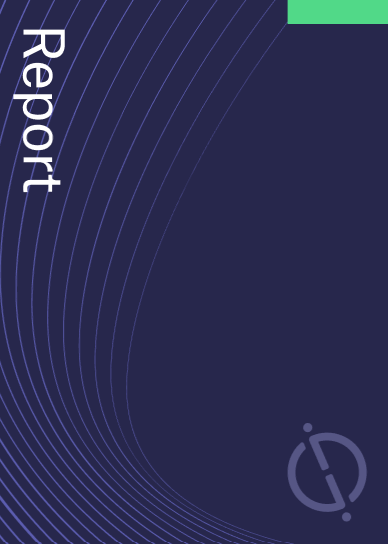Regeneron Pharmaceuticals has been granted a patent for methods of preventing or treating allergies. The patent involves administering a pharmaceutical composition containing an interleukin-4 receptor (IL-4R) antagonist, such as an anti-IL-4R antibody, to a subject in need. The methods are applicable to various diseases and disorders, including atopic dermatitis, asthma, allergic rhinitis, and eosinophilic esophagitis. The patent also specifies the dosage and frequency of administration for the IL-4R antagonist. GlobalData’s report on Regeneron Pharmaceuticals gives a 360-degree view of the company including its patenting strategy. Buy the report here.
According to GlobalData’s company profile on Regeneron Pharmaceuticals, Transgenic murine models was a key innovation area identified from patents. Regeneron Pharmaceuticals's grant share as of September 2023 was 39%. Grant share is based on the ratio of number of grants to total number of patents.
Patent granted for method of treating allergies with il-4r antagonist
A recently granted patent (Publication Number: US11771743B2) discloses a method for treating or reducing the severity of an allergic reaction in a subject with asthma and comorbid perennial allergic rhinitis. The method involves administering a therapeutically effective amount of an interleukin-4-receptor (IL-4R) antagonist to the subject. The IL-4R antagonist is an antibody or antigen-binding fragment that binds to IL-4Ra and comprises specific amino acid sequences. The antagonist is administered at a dose of 75 mg to 600 mg once weekly or once every two weeks for at least 16 weeks.
The method is particularly useful for subjects with uncontrolled persistent asthma despite the use of medium-to-high dose inhaled corticosteroids plus long-acting ß2-agonists. The perennial allergens targeted in this method include Aspergillus fumigatus, cat dander, Dermatophagoides farinae, Dermatophagoides pteronyssinus, dog dander, and German cockroach.
The IL-4R antagonist can be administered at a dose of about 300 mg or about 200 mg. It can be given as an initial dose followed by one or more secondary doses, with the initial dose being about 600 mg and each secondary dose being about 300 mg or the initial dose being about 400 mg and each secondary dose being about 200 mg. The secondary doses are administered one or two weeks after the preceding dose.
The IL-4R antagonist can be administered once weekly or once every two weeks, and it is administered subcutaneously to the subject. In some embodiments, a second therapeutic agent can be administered before, after, or concurrently with the IL-4R antagonist. Examples of second therapeutic agents include anti-histamines, systemic immunotherapy, corticosteroids, long-acting ß2-agonists, tumor necrosis factor (TNF) inhibitors, interleukin 1 (IL-1) inhibitors, IL-5 inhibitors, IL-8 inhibitors, IgE inhibitors, non-steroidal anti-inflammatory drugs (NSAIDs), and interferon-gamma.
The IL-4R antagonist described in the patent can have specific amino acid sequences for the heavy chain variable region (HCVR) and the light chain variable region (LCVR). Examples of these sequences are provided in the patent.
One specific IL-4R antagonist mentioned in the patent is dupilumab. The patent claims cover the use of this method for treating or reducing the severity of allergic reactions in subjects with asthma and comorbid perennial allergic rhinitis.
To know more about GlobalData’s detailed insights on Regeneron Pharmaceuticals, buy the report here.
Data Insights
From

The gold standard of business intelligence.
Blending expert knowledge with cutting-edge technology, GlobalData’s unrivalled proprietary data will enable you to decode what’s happening in your market. You can make better informed decisions and gain a future-proof advantage over your competitors.



